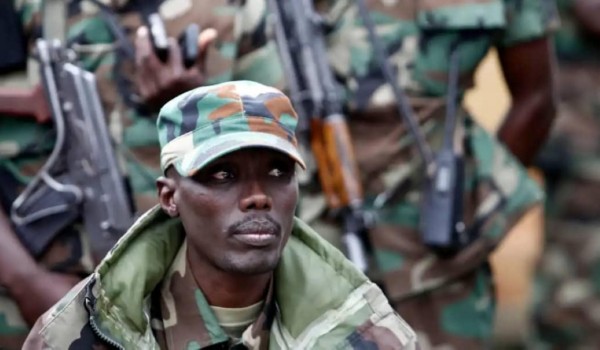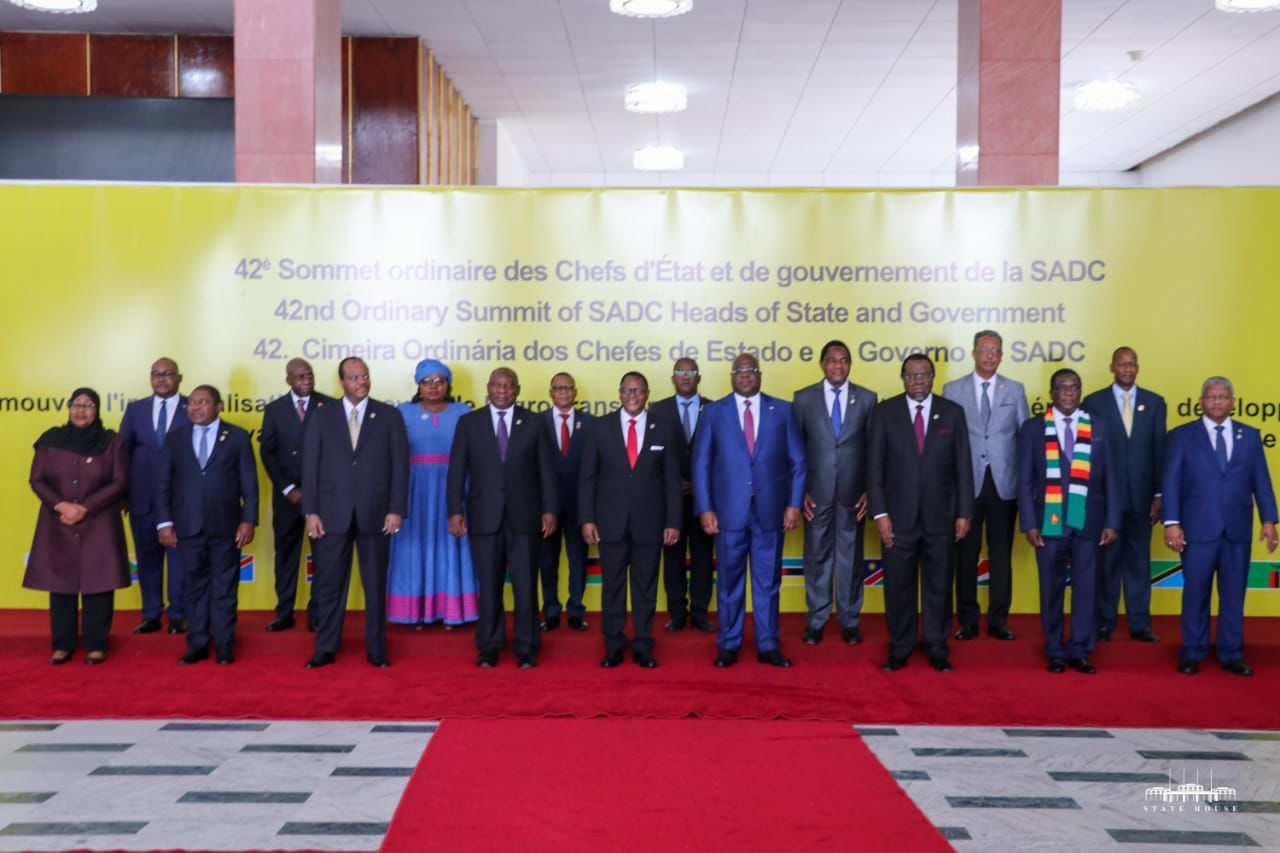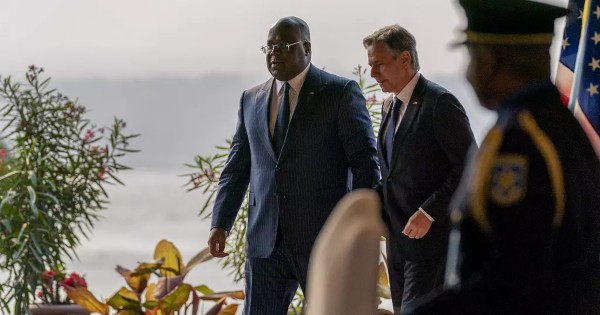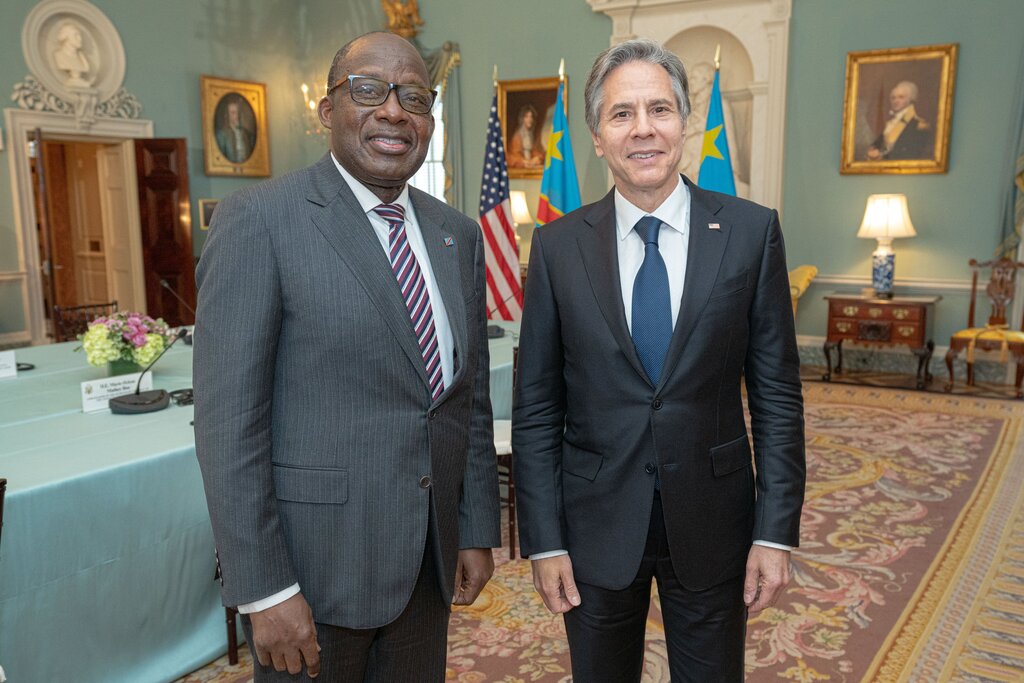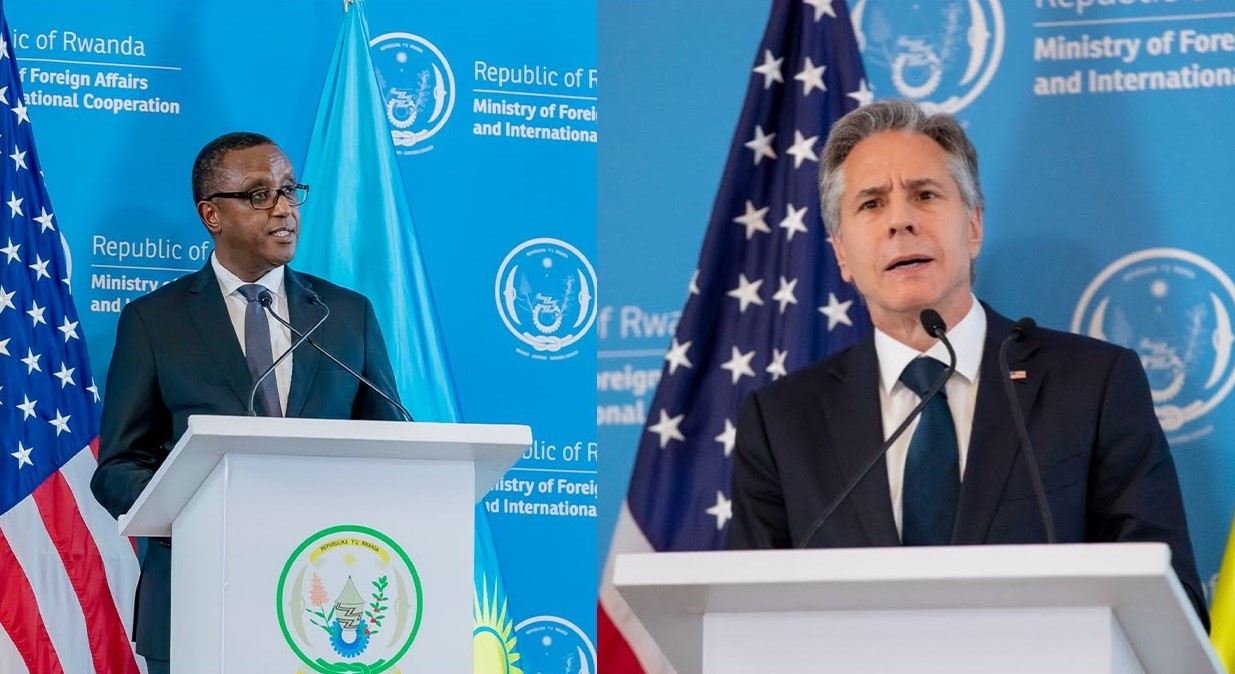Regional
Kenya as a regional leader?
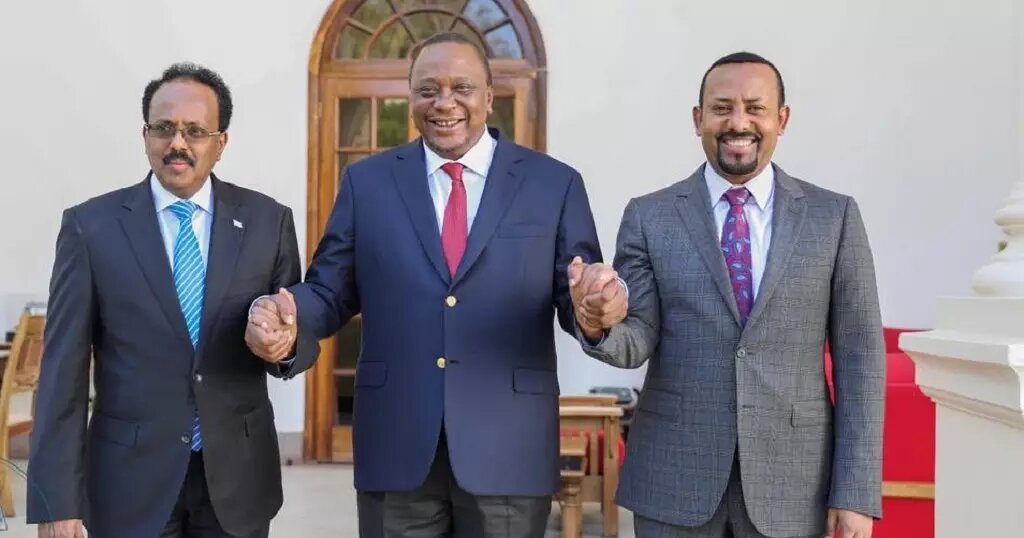
"We are a society psychologically
beholden to the western gaze. If white people say we are leaders, then that is
definitely what we consider ourselves to be."
Ever
since the Moi years, Kenya has never stopped styling itself as some kind of
‘regional leader’ in East Africa and further afield. However, the façade of
“leadership” tends to wear off whenever the country is faced with domestic or
international crises.
The
self-styling started in the 1980s through to the 1990s when violence wreaked
havoc in Ethiopia, Somalia, Uganda, Rwanda, Burundi and South Sudan. These
upheavals dislodged some pretty powerful and longstanding leaders including the
late Jaafar Numeiry (Sudan), Mengistu Haile Mariam (Ethiopia), and the late
Siad Barre (Somalia) and must have given Moi pause for thought, having faced a
similar scare in August 1982. Moi was an extraordinarily skilled reader of the
public mood, and whenever Kenyans became restless due to tough times
politically or economically, he would seek to assuage our pain by pointing at
the failings of our neighbours. Occasionally, he would even refer to these
countries by name in his speeches, showing a startling level of disrespect.
In
order to get his compliance with their machinations, western diplomats would
also massage his ego by referring to Kenya as an ‘island of peace in a
turbulent region’, something that his court jesters quickly picked up on,
promptly adding ‘prince of peace’ to the honorifics by which they would address
him. Amongst our neighbours, Tanzania stood out as even more peaceful, but we
clung on to the cold war era propaganda that defined them as ‘poor’ because of
their socialist-leaning policies under Nyerere. So, we told ourselves that
regardless of that, we were “richer” than them. Kenya thus became a self-styled
regional ‘leader’ by its own estimation, never mind the small matter of not
having any followers. To the Kenyan public, the die was cast by the diplomats
because we are a society psychologically beholden to the western gaze. If white
people say we are leaders, then that is definitely what we consider ourselves
to be.
This
neediness rears its head from time to time, precipitated by different crises at
home and around the world. A recent crisis brought it into sharp relief and it
can be examined through the prism of Kenya’s relationships with Somalia, one of
the two neighbors with whom we share our longest borders.
When
the drums of war were sounding between Russia and Ukraine early this year, and
the UN Security Council met in February to discuss the situation, the Kenyan
Ambassador Dr. Martin Kimani gave a strident speech berating Russia for their
aggression. Kenya had a temporary seat on the United Nations Security Council
(UNSC) at the time, and it is certainly the Council’s duty to work for peace,
but it was the content and tone of the speech that was notable. He strangely sought
to offer Russia lessons drawn from the African colonial experience, bizarrely
presenting our quiet acceptance of arbitrarily drawn international boundaries
as something that Russia should seek to emulate. There probably isn’t any
imperative to ‘correct’ or eliminate our international boundaries, but Kenya is
probably the only African country that can find some source of pride in
‘toeing’ lines that were drawn on the basis of nothing but western imperial
hubris. Equally disturbing to the close observer would have been the casual
manner in which he suggested that this acquiescence was in pursuit of
“something greater” than what existed before these boundaries. Suffice to say
that praise from western voices was swift and fawning.
Supposedly “objective” western journalists
were suddenly star-struck, with The Economist’s East Africa correspondent,
Adrian Blomfield, calling it “one of
the best speeches delivered at the UNSC in recent years”. More tellingly,
Richard Gowan, the UN director of the international crisis group said that
Kimani “framed
this brilliantly in terms of imperialism and colonialism”, confirming that
Kenya currently struggles with cognitive dissonance around its colonial
history. As a nation, we appear unable (or unwilling) to recognize that we are
taking ‘anti imperial’ positions based on the foundations and from the
perspective of western imperialism, rather than voicing our own aspirations.
As a
result of Kenya’s ambivalent connection with colonial history and this
distorted conception of leadership, we saw ourselves as a ‘patron’ of sorts
exercising power, rather than helping neighbours back to their feet. For
instance, Kenya’s engagement with Somalia on their governance and stability was
unavoidable due to the extent and porous nature of our border which meant that
none of their challenges could possibly be contained within their country
without spilling over into Kenya. Following the ill- fated 1993 US military
intervention in Somalia, Kenya assumed a sort of ‘proxy’ role for US interests
in the horn. This role harked back to the “island of peace” narrative and
responded instantly to the favourable western gaze. At different times over the
years, Kenya had the Somali President living in Nairobi, and even the Somali
Parliament conducting their meetings in the city.
This
coupled with a Kenyan military incursion into Somalia created a perception of
occupation with all the resultant resistance, including terrorist attacks in
Kenya. In such a context, perceived patron-client relationships between the two
governments became a key election issue in Somalia, culminating in the ouster
of Mohamed Farmaajo by Hassan Sheikh Mohamud in May 2022. Given this basis for
the election results, the relationship between the government of Kenya and the
new Somali administration would have been complicated at best. The advent of
new administrations in quick succession on both sides of the border now affords
a great opportunity for the two countries to engage as equal partners, rather
than with one side playing the role of a ‘client state’. However, this
relationship demonstrates that the façade of “leadership” Kenya wears is
neither new, nor coincidental. It has been carefully crafted and choreographed
over the years to conceal the lack of genuine leadership. The choreography is
perceptible to the attentive observer even in the elections we hold or
‘perform’ every five years.
The
cracks in our façade are the reason why the 2022 elections ‘performance’ has
resulted in so much angst. As alluded to in an
earlier analysis, there hasn’t been any of the clear cut ‘waves’ and
narratives that previous elections have depended upon. We had a contest between
two candidates with basically equal access to state and financial resources,
pretty much leveling the financial playing field. As the August 9th polls
drew closer, tension grew right across the spectrum of observers who had gotten
used to watching performances. Everyone was waiting for something to ‘give’
indicating the way the performance would end.
The
importance of this indicator cannot be overstated in a society like Kenya where
people have gotten accustomed to performing the voting ritual under the belief
that someone else dictates the result. This time, nothing came. To our
bewilderment, we face a situation where the next president is determined by the
number of votes as it should be in any normal electoral process. Here in Kenya
however, we still haven’t attained that level of normalcy despite our claims to
leadership. So the tension, fake news and naked animosity witnessed after
the polls was the cry of a society struggling to bear its most basic
responsibilities, including choosing its own destiny through the ballot.
This
particular performance is still incomplete, but we’re finding our way as a
nation, and my hope is that we’ll be alright in the long run. In the meantime,
we appreciate the support of all our neighbours through this transition even as
we spare a thought for those who have been following us, thinking we were the
leaders.


